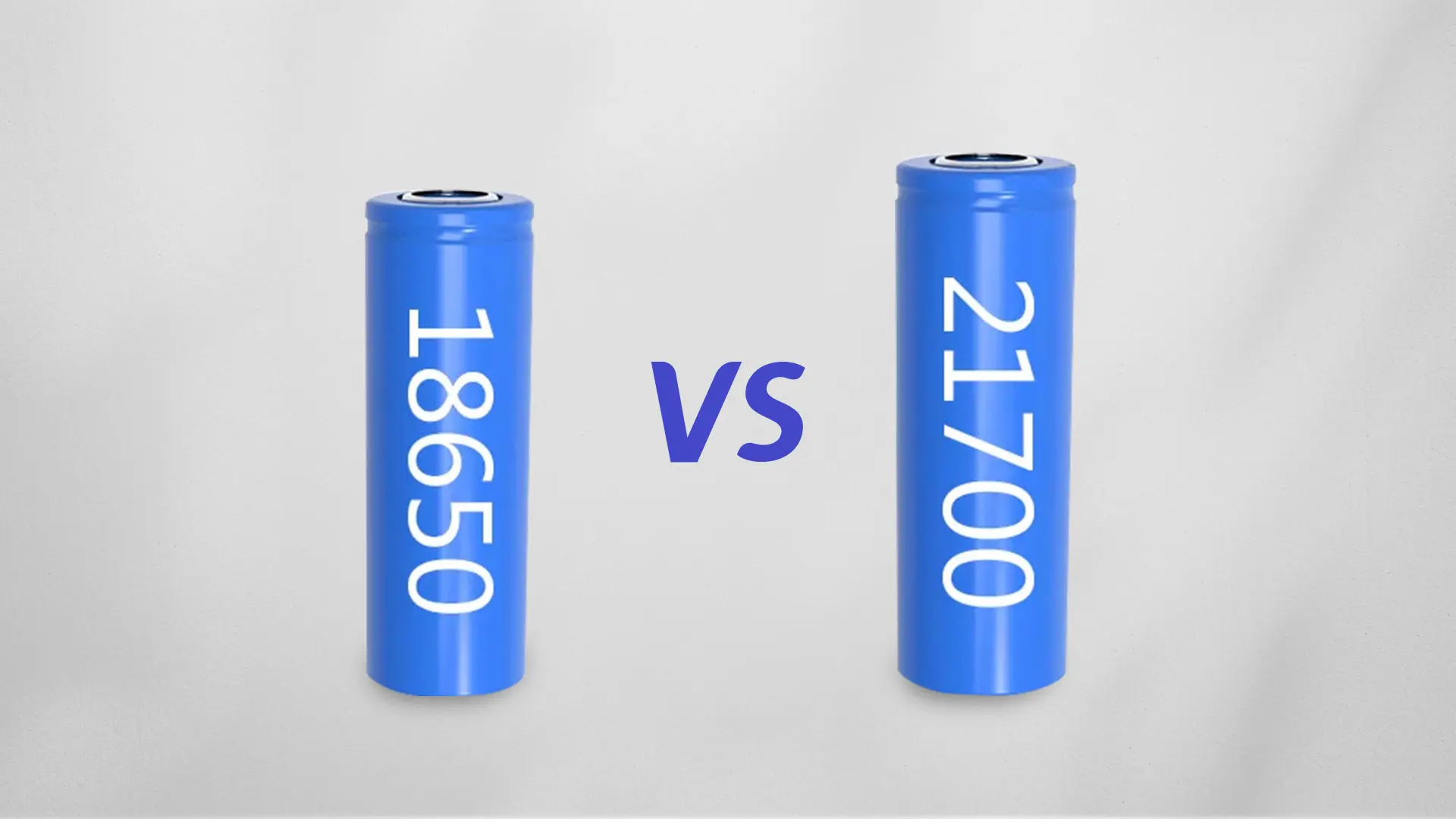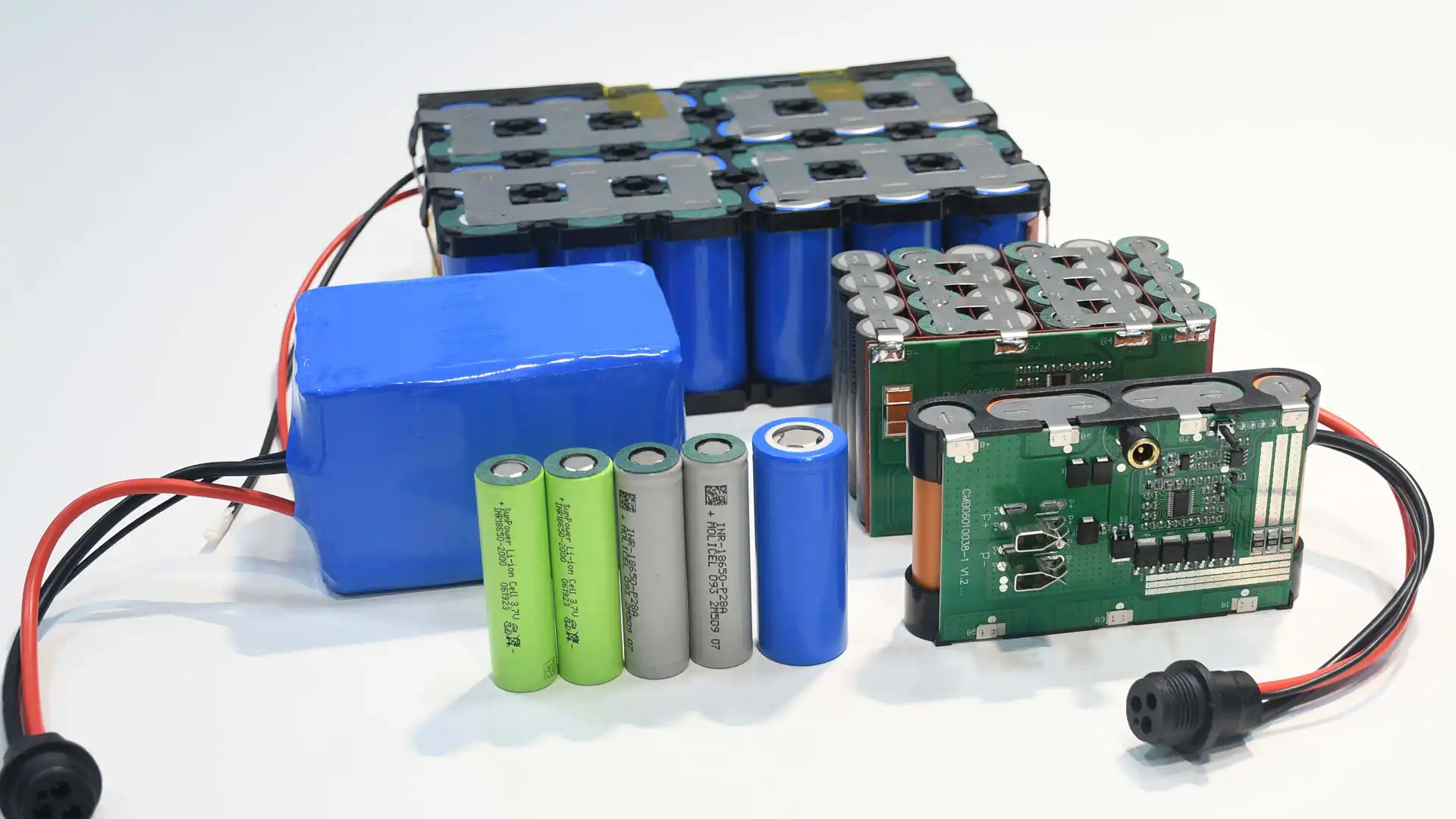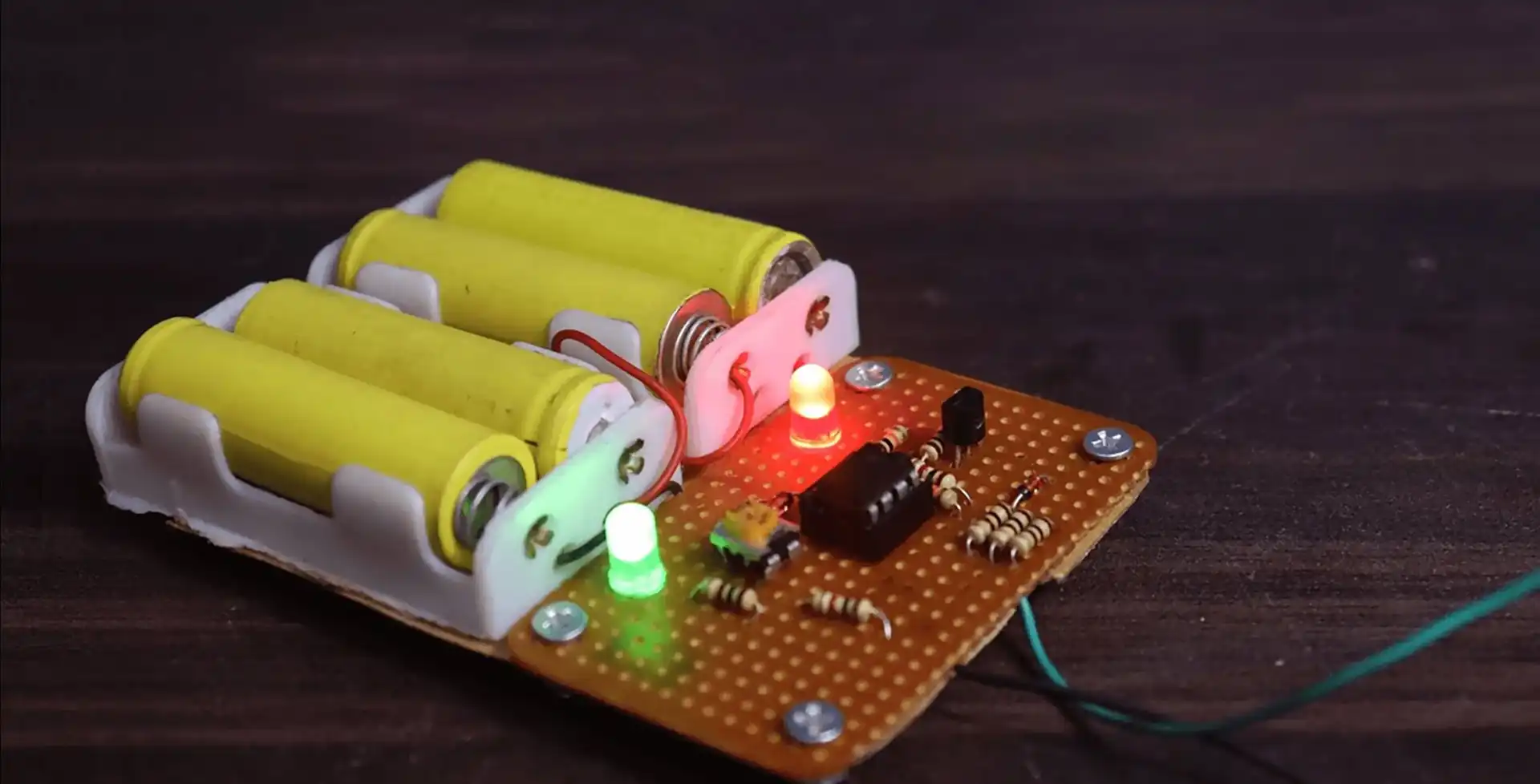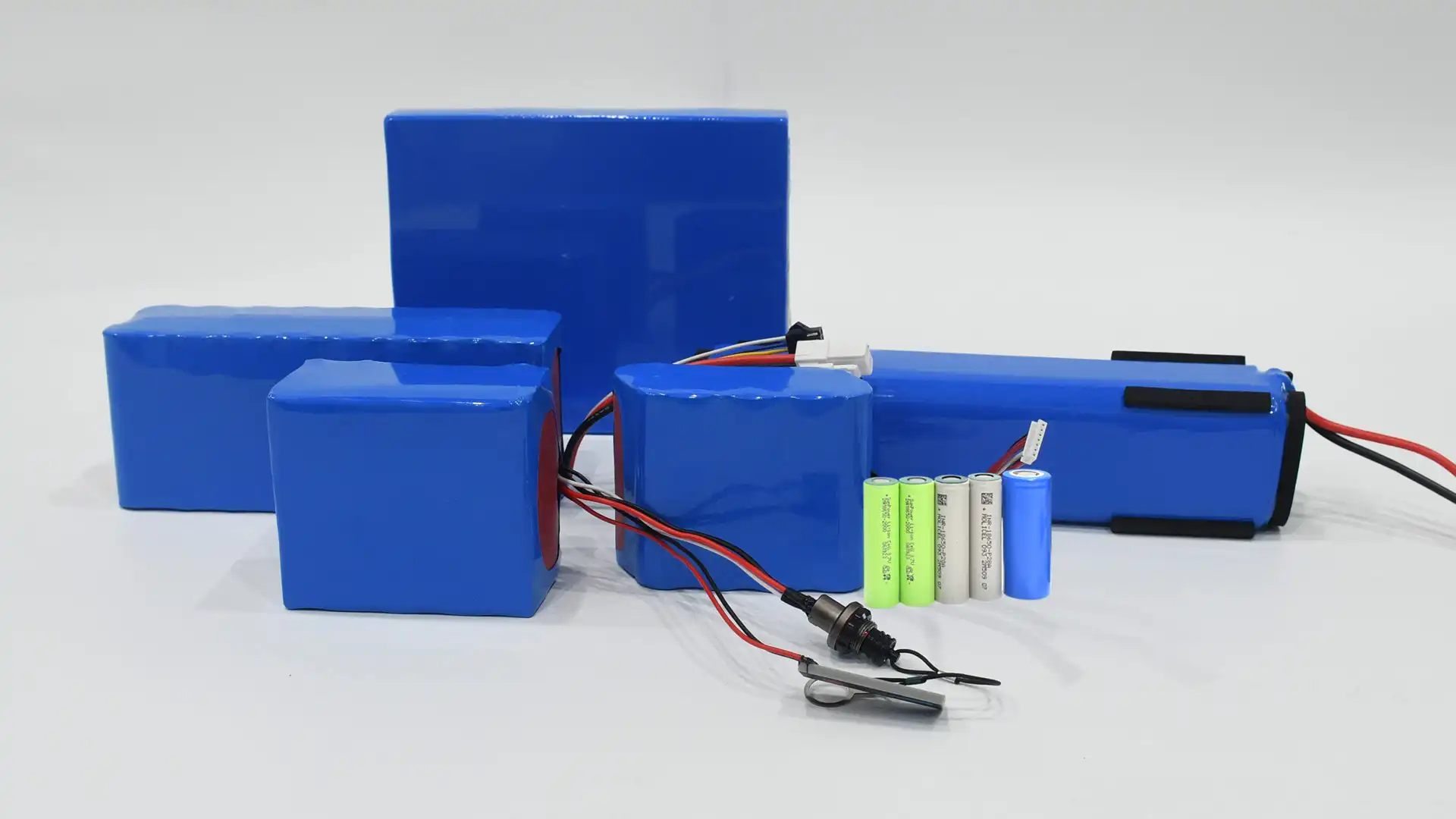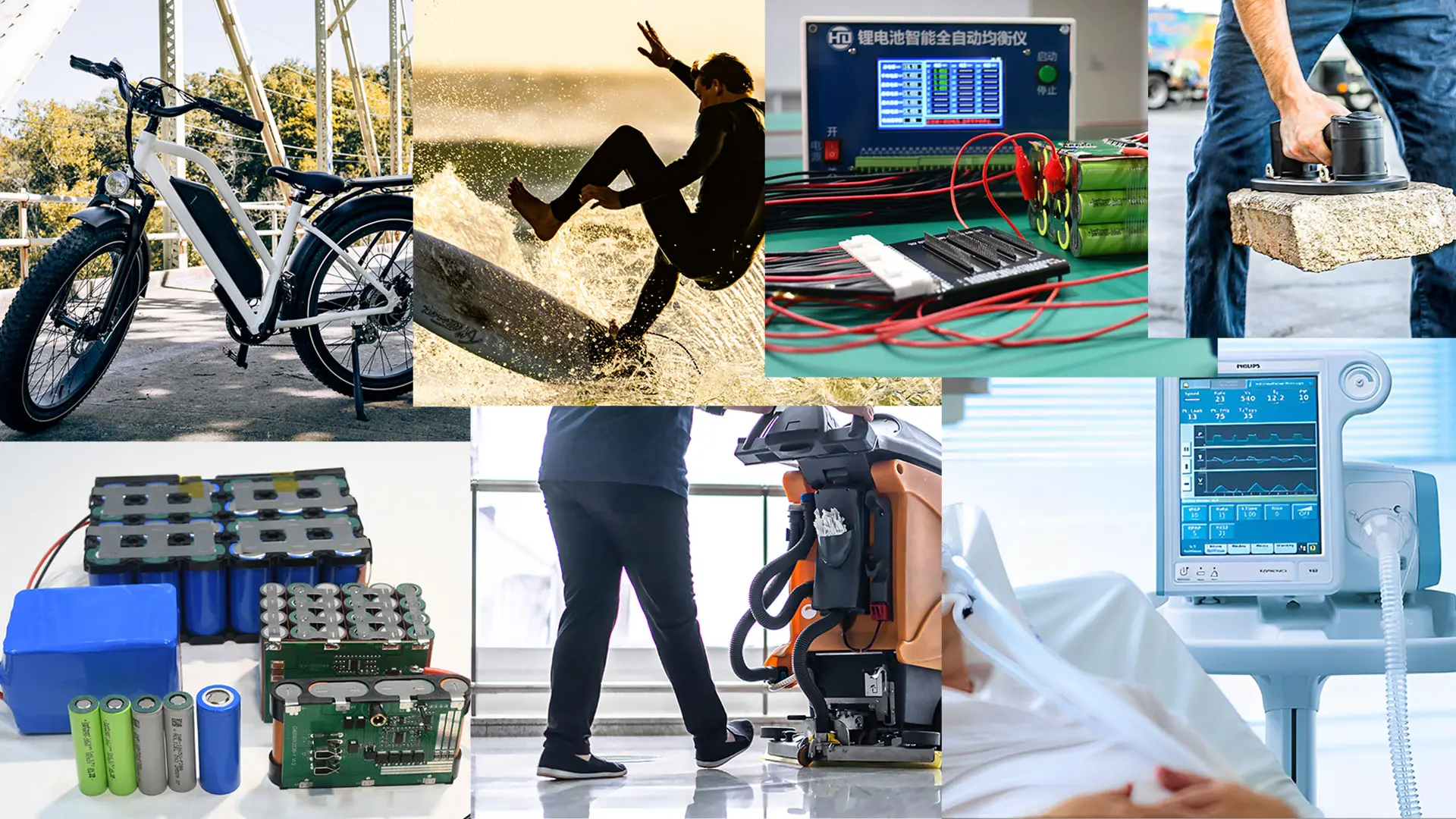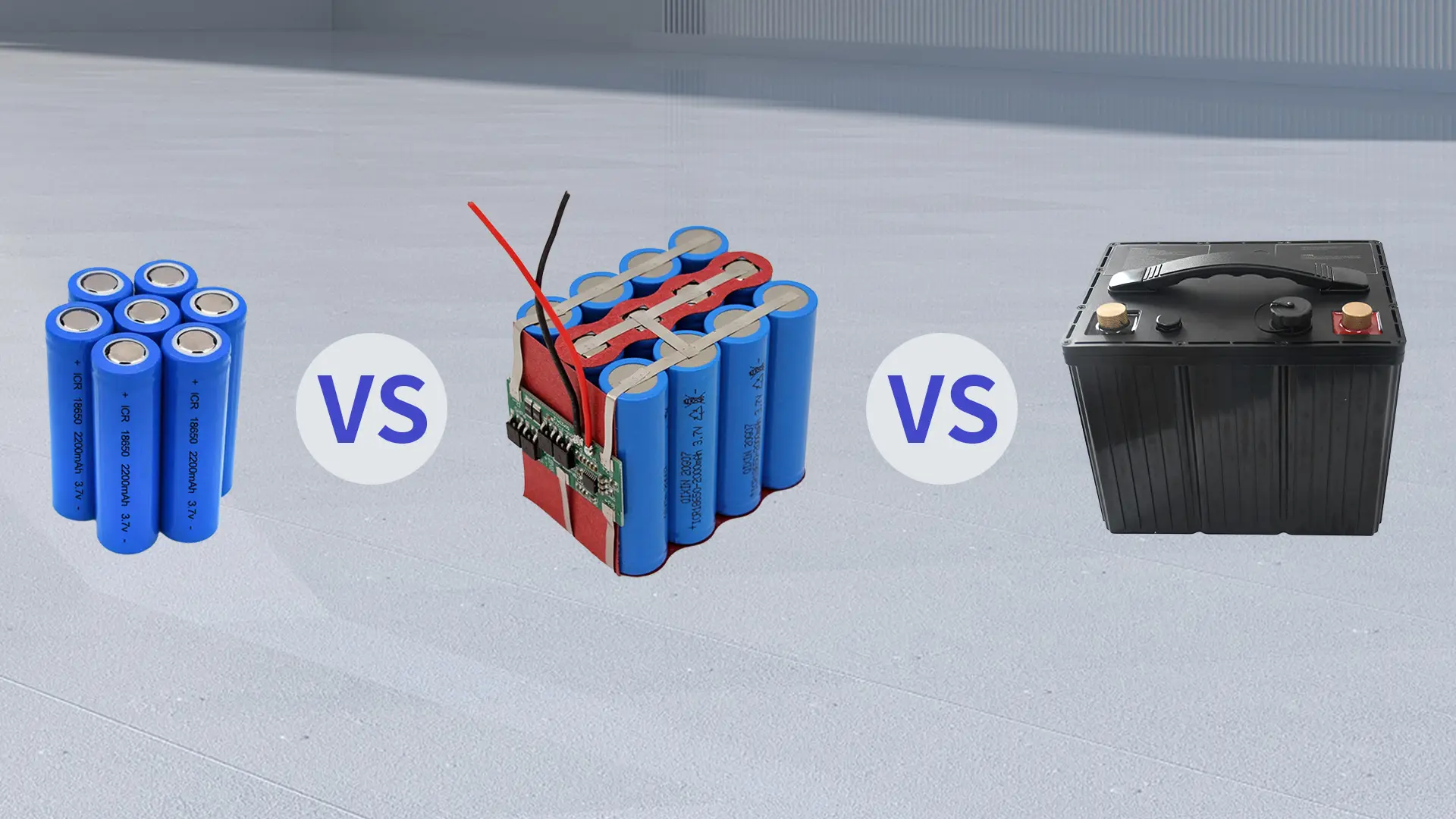Batteries become the main parts of our portable devices and 18650 batteries are the most widely used. 18650 rechargeable batteries are also a big volume demand trending in the market.
In this article, I will take you through everything you need to know about 18650 batteries the introduction to 18650 rechargeable batteries, the safety instructions, usage environment, and the market trends. We also collect some FAQs on 18650 batteries to reduce anxiety. Let’s drive in!
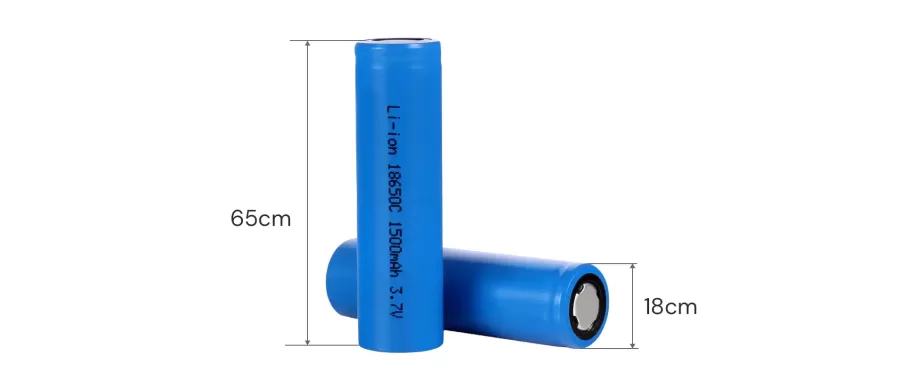
What is an 18650 Rechargeable Battery?
18650 batteries have an “18” which means the battery is 18mm in diameter, “65” which means the battery is 65mm in height, and “0” which stands for a cylindrical battery. They are also 2600mAh to 3500mAh. People love their high energy density, although they are larger than AA batteries, especially in comparison to AA batteries. 18650 lithium-ion rechargeable battery have four times the power of AA batteries.
The 18650 rechargeable lithium batteries store a large amount of energy in a compact size and offer a long lifespan with the ability to recharge hundreds of times. They power a wide range of electronic products, including torches and laptops. As a self-consumption battery type, the 18650 battery delivers high output voltage, fast discharge rates, and a deep depth of discharge to meet demanding energy requirements more effectively than many other battery types.
Because of the high-cost performance of 18650 lithium-ion rechargeable batteries, the 18650 lithium batteries are the most popular. However, the different brands, cell chemistry, discharge rate, and cell capacity have different price positions. Fortunately, the production technology of 18650 lithium-ion batteries is more stable, compared to other battery types. It causes lower production costs and high market demand.

18650 Rechargeable Lithium Battery Usages and Safety Instructions
Customers care about the safety issues of 18650 batteries. Here are some safety instructions about the usage of rechargeable 18650 batteries:
Work with the professional and reliable 18650 battery manufacturer
Purchase your batteries from a reputable manufacturer which ensures safety. When you purchase some non-brand batteries from a manufacturer that can offer a cheaper price, you should worry about safety and stable quality. It will increase the risk of damage and fires. Please work with reputable brands and ask them to design a battery solution that is compatible with your equipment.
Store rechargeable 18650 batteries correctly
Store 18650 batteries in a cool and dry place at 25℃. Prohibit storing the batteries in metal containers or pockets where they can come into contact with other metal objects. And it causes a short circuit. Check out this article on storing lithium batteries correctly!
Charge the batteries with the dedicated charger
Use a charger that is compatible with your unique 18650 battery solutions and follow the manufacturer’s instructions. Prohibit to overcharging or overcharging the batteries with the wrong chargers. It will lead the overheating, leakage, or even battery failure.
Care 18650 batteries regularly
Inspect your batteries regularly, such as bulging or dented casings, leakage, or excessive heat. Please stop using the battery when the batteries are not in good shape. Make proper disposal.
Do not expose batteries to water or excessive heat
Water can damage the battery and compromise its safety. Excessive heat can lead to thermal runaway or even explosion. Avoid exposing batteries to temperatures above 60°C (140°F).
Do not mix different brands or capacities
Mixing batteries with different brands, capacities, or levels of charge can cause them to discharge unevenly and potentially lead to damage or failure.
Insulate the batteries properly
If the plastic wrap or insulation of the battery becomes damaged, please replace it to prevent short circuits. Many companies offer replacement wraps for 18650 batteries.
Dispose of old or damaged batteries properly
Do not throw batteries in the regular trash. Look for local recycling centers or programs that accept batteries for proper disposal. CM Batteries’ “charge again” program for battery recycling can support you in disposing of the batteries.
Follow the instructions which are provided by the manufacturer. When they are used correctly, 18650 batteries can provide reliable power and longevity.
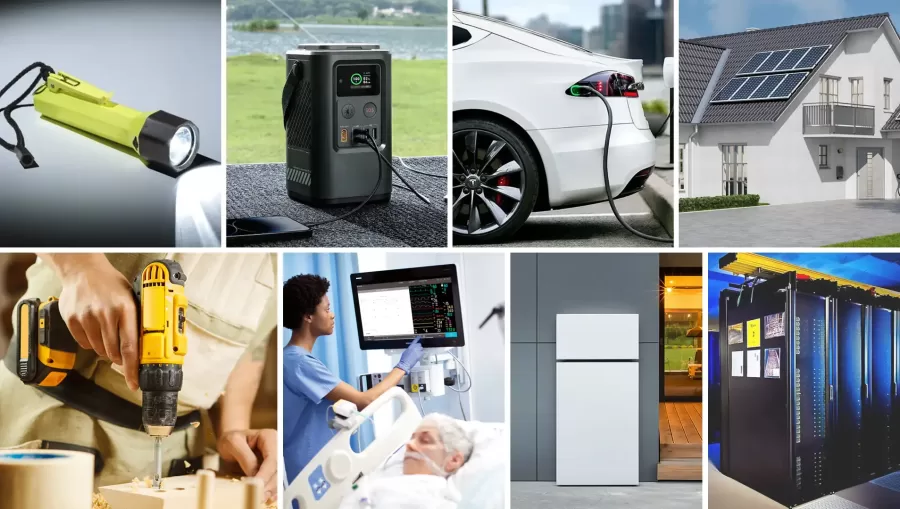
Wide Usage for 18650 Batteries
The versatility of the 18650 rechargeable battery is awe-inspiring. The multi-functional rechargeable lithium-ion batteries are used in a wide range of devices, from daily equipment to cutting-edge devices. Let’s explore some of the uses for 18650 batteries:
Flashlights: Many high-powered flashlights use 18650 rechargeable batteries for their long-lasting power.
Portable power banks: With the ability to hold a large amount of power, 18650 batteries can be used to create portable power banks to charge smartphones, tablets, and other small electronic devices on the go.
Electric vehicles: Some electric vehicles, such as electric bicycles and scooters, use 18650 batteries as part of their power source.
Solar power storage: 18650 batteries can be used to store energy generated from solar panels, enabling solar cameras to function efficiently during evenings or low-sunlight periods.
Power tools: Some cordless power tools, such as drills, use 18650 batteries for their durability and extended runtimes.
Medical devices: Devices like portable ultrasound machines and emergency backup systems in hospitals often utilize 18650 batteries due to their reliability and long-lasting power.
Home energy storage: 18650 batteries can be used as part of home energy storage systems, allowing homeowners to store excess energy generated from renewable sources and use it later when needed.
Backup power supply: During power outages, 18650 batteries can provide a reliable backup power supply for essential devices, such as emergency lights, radios, and communication equipment.
These are just a few examples of the many applications for 18650 batteries. Their high energy density, long life, and rechargeable characteristics make them a popular choice for powering a variety of devices.
The Future Development Trend of 18650 Batteries
The prospects of 18650 batteries are bright, with their vast range of applications fueling industry demand and consequently market development. According to a survey, the 18650 lithium battery industry is predicted to increase at a large rate each year (CAGR 2024-2031).
The worldwide 18650 lithium battery market was worth USD 644.76 million in 2021 and is predicted to increase at a 1.6% CAGR during the forecast period to reach USD 709.19 million by 2027.
The future of 18650 batteries lies in increasing energy density, improving safety, optimizing charging speeds, extending cycle life, integrating with renewable energy sources, using eco-friendly materials, and potentially miniaturizing the batteries further. These developments would enhance the performance, sustainability, and versatility of 18650 batteries, making them more reliable and applicable in various industries and applications.
The FAQs of 18650 Batteries
Q: Are all 18650 batteries rechargeable?
A: No, not all 18650 batteries are rechargeable. While the vast majority (and perhaps all readily available ones) are indeed rechargeable lithium-ion batteries, there are rare instances where non-rechargeable 18650 batteries exist. These may be used in specific industrial applications or specialized equipment.
However, the overwhelming majority of 18650 batteries encountered in consumer electronics and everyday use are indeed rechargeable.
Q: How long will 18650 batteries last?
A: Most 18650 batteries last 300-500 charge cycles, meaning they hold at least 80% capacity at DOD. Like phone batteries, their capacity gradually declines over time. Please use your batteries with shallow charge and discharge to prolong battery life.
Q: Are all 18650 batteries the same?
A: No, While they share the same size (18mm diameter, 65mm height), there are several key differences: chemistry, capacity, discharge rate, protected vs. Unprotected, brand, and quality.
Q: Can I use an AA battery instead of an 18650 rechargeable battery?
A: AA and 18650 batteries differ in size and voltage:
- Size: 18650s are larger than AAs.
- Voltage: AAs are 1.2V or 1.5V, while 18650s are 3.2V to 3.7V.
This difference makes them generally incompatible for replacement.
Q: Can I overcharge the 18650 battery?
A: Overcharging 18650 batteries is a big no-no! Only use smart chargers that automatically stop, as overheating can damage or even explode the battery. Monitor charging if using other methods and disconnect promptly.
Q: What is the charging time of an 18650 battery?
A: 18650 batteries take about 5 hours to charge fully, but can be faster with high-rate batteries or chargers exceeding the typical 0.2c energy rate.
Q: Are 18650 or 21700 batteries better?
A: The capacity of 21700 batteries is up to 1400 watts. The 18650 is limited to 800 watts. Because of the capacity difference, devices that use a 21700 battery have greater power. However, 21700 batteries are more expensive, see this article for more details about 18650 vs 21700.
Conclusion
With the growing demand for portable energy solutions, the 18650 battery pack has become a bigger volume demand. By understanding their robust construction, applications, safety instruction, and prospects, you can harness the immense power and limitless possibilities hidden within these miracle batteries. When you are looking for a custom 18650 lithium-ion battery pack, please do not hesitate to contact us.

